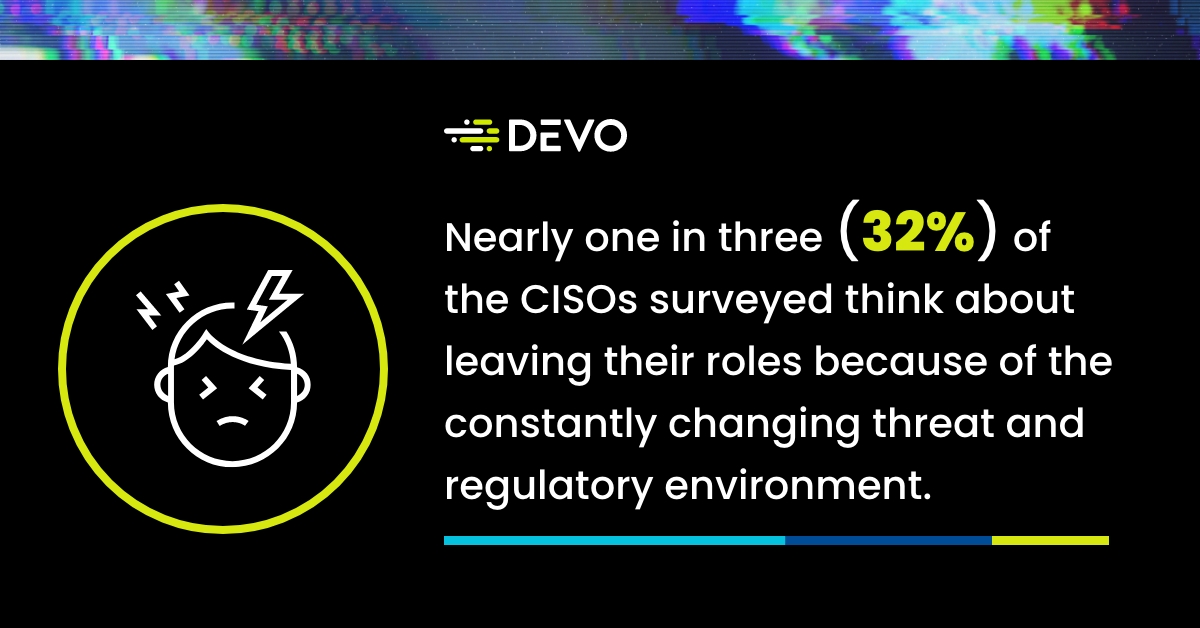
The threat of phishing attacks looms larger than ever. The LA County Department of Public Health recently announced that 50 employees fell victim to phishing attacks, compromising sensitive patient data. These deceptive schemes have become a staple in the cyberthreat landscape, targeting individuals and businesses of all sizes. For every employee, understanding the signs and consequences of a phishing attack is crucial to safeguarding their organization.
According to CISA, phishing attacks occur when cybercriminals try to get people to open harmful links, emails, or attachments that request personal information or infect devices. Phishing messages are usually sent via email, text, direct message, or phone call and are designed to look like they were sent by a reputable person or organization.
With the advent of AI, attackers now have the tools to generate more sophisticated—and therefore more believable—messages. Research by Harvard Business Review found that the entire phishing process can be automated using LLMs, which reduces the cost of conducting phishing for attackers by 95%.
Here’s everything you need to know about modern-day phishing and what your security team can do to mitigate these attacks.
How Do Phishing Attacks Work?
Understanding the process of a typical phishing attack can help businesses recognize and prevent them. Here’s a breakdown of common phishing methods:
Email Phishing
The majority of phishing attacks are carried out via email. Cybercriminals impersonate trustworthy sources, such as banks, vendors, colleagues, or company leadership, and often send malicious links or attachments that steal sensitive information. Some phishing emails can contain malware, which infiltrates the victim’s system once they click the link or open the attachment.
Spear Phishing
Unlike generic email phishing, which usually casts a wide net, spear phishing targets individuals or organizations. The attackers conduct thorough research to personalize their messages, increasing the likelihood their targets will believe the messages come from a trustworthy source. Spear phishing usually targets people with access to large amounts of data, like system administrators.
Whaling
Whaling takes spear phishing to a whole new level. This type of phishing targets high-profile targets like CEOs and senior executives. These attacks are highly sophisticated and can have devastating consequences if successful, given the level of access executives have to sensitive information in an organization. Attackers use social engineering techniques to gather information and craft personalized messages that appear legitimate to even the most threat-savvy business leaders.
Phishing Attacks Reel in Big Targets
Phishing attacks frequently make headlines due to their widespread impact. Earlier this year, the StrelaStealer phishing attacks targeted over 100 organizations in the US and EU, deploying advanced techniques to infiltrate corporate networks and steal sensitive data. About a month later, password manager LastPass revealed that some of its users had fallen victim to a highly sophisticated phishing campaign, giving hackers their master passwords and granting them access to all of the users’ other passwords stored in their LastPass accounts. A recent phishing attack on the Illinois Secretary of State’s office demonstrated that government organizations are also vulnerable to these kinds of attacks, compromising two employees’ emails and exposing personal data.
Don’t Fall for the Bait
Implementing the following best practices can help your organization avoid and mitigate phishing attacks:
- Email Filtering: Implement advanced email filtering solutions that automatically detect and block phishing emails. These tools might not be perfect, but they can help reduce the likelihood that malicious emails will land in employee mailboxes.
- Two-Factor Authentication (2FA): At a minimum, require 2FA for all accounts to make it hard for cybercriminals to obtain access to accounts—even if they get their hands on an employee’s login credentials.
- Verify Sources: Encourage employees to verify the authenticity of email senders, especially when asked to provide sensitive information or click on links.
- Incident Response Plan: Develop and regularly update your incident response plan. Ensure all employees know what to do if they suspect a phishing attack and that your security team knows how to respond when they receive reports of phishing scams.
User Education: A Critical Line of Defense
Employees should regularly receive training about recent phishing attacks. Here are some common phishing red flags to tell your employees to look out for:
- Urgency: If the email asks the user to act immediately, it’s probably a phishing email. Cybercriminals want to create a sense of urgency to pressure recipients to do what they want before they can really think it through. For example, an email might claim that your bank account will be locked in 24 hours unless you verify your information via a provided link. This rush tactic is designed to exploit fear and bypass rational judgment, increasing the likelihood that you’ll comply with the attacker’s request.
- Generic greetings: An impersonal greeting should be an immediate red flag, as legitimate organizations typically use a real name in customer service messages. If the email begins with “Dear Customer” or “Hello User,” that may be a sign that the email is illegitimate.
- Unusual email domains: One of the easiest and fastest ways to spot a phishing attempt is by examining the email domain. Fraudulent emails often come from domains that mimic legitimate ones but include subtle misspellings or extra characters. For instance, an email might come from “amaz0n.com” instead of “amazon.com” or from a domain like “customer-support.net,” which sounds official but is not associated with an actual entity.
Stay Vigilant: Awareness is the Best Defense
It’s clear that phishing attacks aren’t going anywhere anytime soon, but organizations and individuals can protect themselves with the right knowledge and precautions. Stay vigilant, educate your team, and implement robust security measures to stay ahead of attackers.
Employees are the first line of defense against phishing, but what measures do you have in place to deal with a successful phishing attack? Contact our experts to learn how Devo can help you monitor for suspicious activity.





